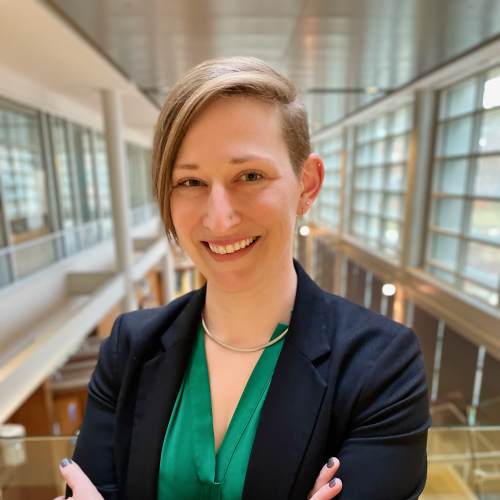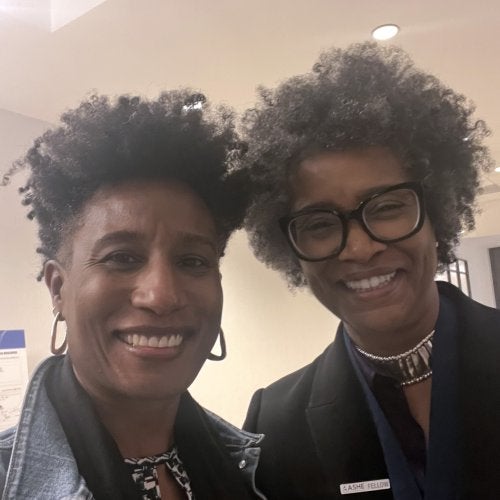COLLEGE PARK, MD (November, 2014) This is a busy month for the Maryland Equity Project (MEP), which has released a new policy report finding that public school enrollment in Maryland is becoming both economically poorer and more racially diverse. Additionally, MEP is hosting the School-Community Partnership Institute on November 20 and a talk by Dr. Odis Johnson Jr. in the Benjamin Building on November 21.
Looking at trends in Maryland's public schools from 1990 to 2010, the new report, "Creating Opportunities or Settling for Inequities?: Two Decades of Change in Maryland's Public Schools," identifies and studies changes in the racial and socioeconomic composition of enrollment. Various measures show how segregation by both race and income is also changing.
Maryland's public schools have shown a steady decline in the enrollment of White students and continued growth in minority students. Minority enrollment accounted for 56% of students in 2010. The state is also seeing a substantial increase in the number of low-income students. The percentage of Maryland students who qualify for free and reduced-priced meals a measure used by schools as a proxy for family incomes has climbed steadily since 1990, reaching 40.1% in 2010. All counties in Maryland are experiencing the latter increase. The changes are not evenly distributed across districts.
These changes present tremendous challenges and opportunities for school districts, says MEP director Dr. Gail Sunderman, the report's co-author. Students, particularly poor students, are coming to school with more needs at a time when funding for education is tight.
Most of the growth in enrollment is taking place in the central portion of the state, adds co-author Justin Dayhoff, an MEP research assistant attending the doctoral program in Education Policy. Those districts showing the greatest change in the racial composition of students are also those with growing enrollments.
The report also finds that schools are growing more segregated by race and that concentrations of low-income students in schools is increasing.
"Maryland is going to have to take a serious look at how it supports education so that these changing demographics dont create a two-tiered educational system. Concentrating low-income students in a few schools creates additional challenges for school systems," says Dr. Sunderman. "For a state as wealthy as Maryland, 40% low-income is disturbing. School districts on their own cant address these issues, particularly growing poverty. It is going to take a broader effort that cuts across policy domains and involves innovative thinking on a range of social-economic issues facing families.
An advantage for Maryland, the report notes, is that the state's school districts are countywide. This allows more flexibility for addressing segregation than when districts are smaller and more numerous.
The Maryland Equity Project has also teamed with the Family League of Baltimore City, Morgan State University, and the Coalition for Community Schools/IEL to host the School-Community Partnership Institute on Thursday, November 20. Meeting over the course of the day at UMD Baltimore's School of Social Work, the Institute will examine effective models and strategies for developing and strengthening school-community partnerships and identify the kinds of policies that support these partnerships' growth and sustainability over time. Dr. Linda Valli of the Department of Teaching and Learning, Policy and Leadership is a featured presenter, as well as COE Ph.D. student Reuben Jacobson. Funding for the Institute has been provided by the Family League and through the College of Education's Jean, Jeffrey and David Mullan Endowment for Teacher Education and Professional Development.
On Friday, November 21, as part of the Equity Seminar Series, MEP and the Department of Teaching and Learning, Policy and Leadership will host Dr. Odis Johnson Jr., associate professor and chair of UMD's Department of African American Studies. Dr. Johnson's research explores neighborhood influences on racial differences in children's achievement. At this talk, he will present findings from a study comparing children who attend year-round schools to those in nine-month schools, within the context of first graders' math and reading performance and its relation to racial inequalities, most notably for African Americans. This talk will take place from 1:30 to 3:00 p.m. in Benjamin 2121.
Dr. Gail Sunderman is Director of the Maryland Equity Project and Senior Research Scientist in the College of Education. Her current research examines the impact of education conditions and policy on the educational opportunities of low-income and minority students. A former Fulbright scholar to Afghanistan, she received her Ph.D. in political science from the University of Chicago.
Justin Dayhoff is a research assistant with the Maryland Equity Project and a third-year doctoral student of Education Policy in the Department of Teaching and Learning, Policy and Leadership. His research interests include desegregation, equity, and the politics of school reform, particularly with regard to school law and school finance. He holds a Master's in sociology and education from Teachers College, Columbia University.
Click here to access MEP's new policy report, "Creating Opportunities or Settling for Inequities?: Two Decades of Change in Maryland's Public Schools."
Click here to learn about the School-Community Partnership Institute.
-end-
For more information on the College of Education, visit: www.education.umd.edu
or contact
Joshua Lavender, Communications Coordinator, at: lavender@umd.edu



